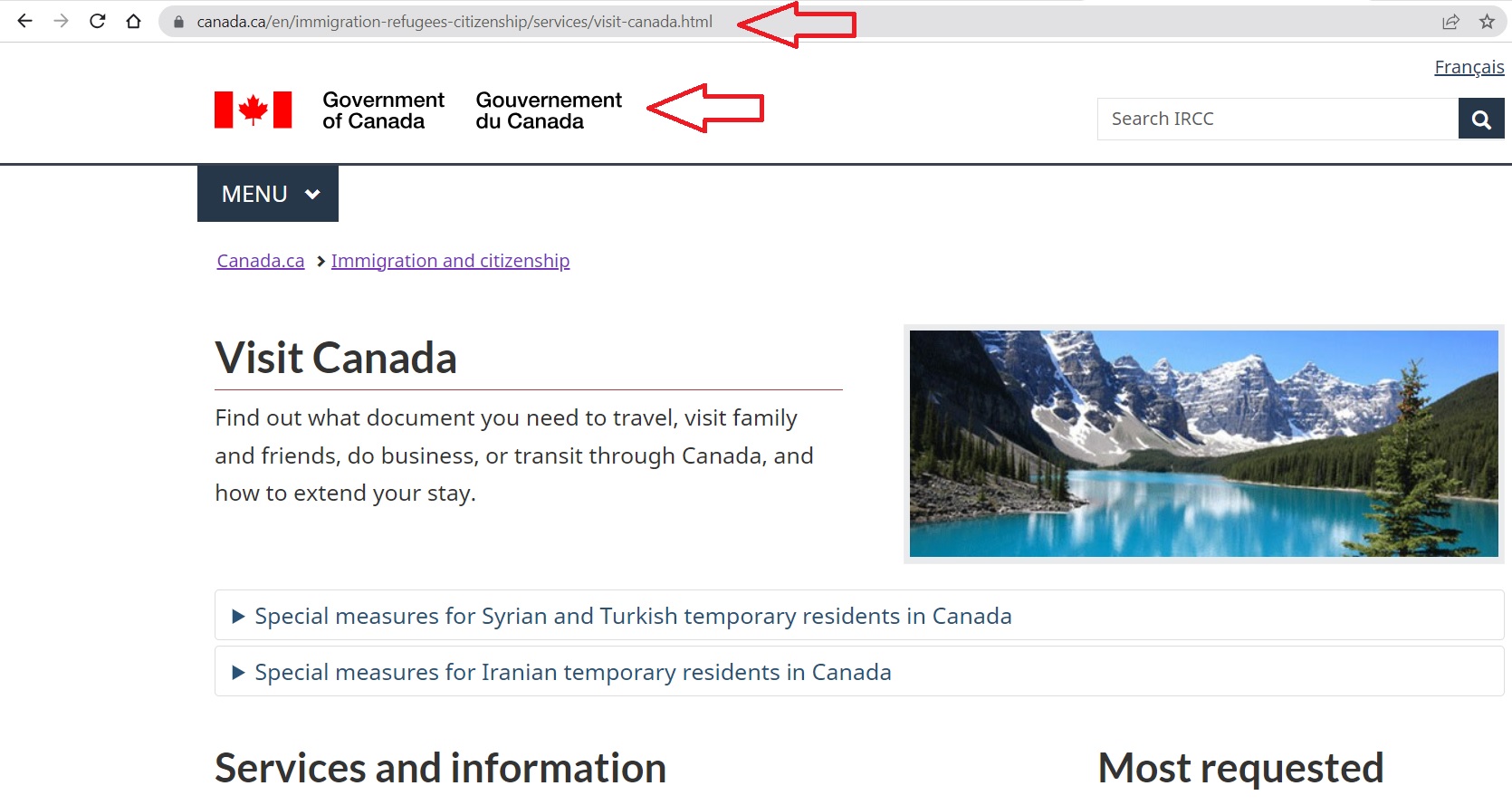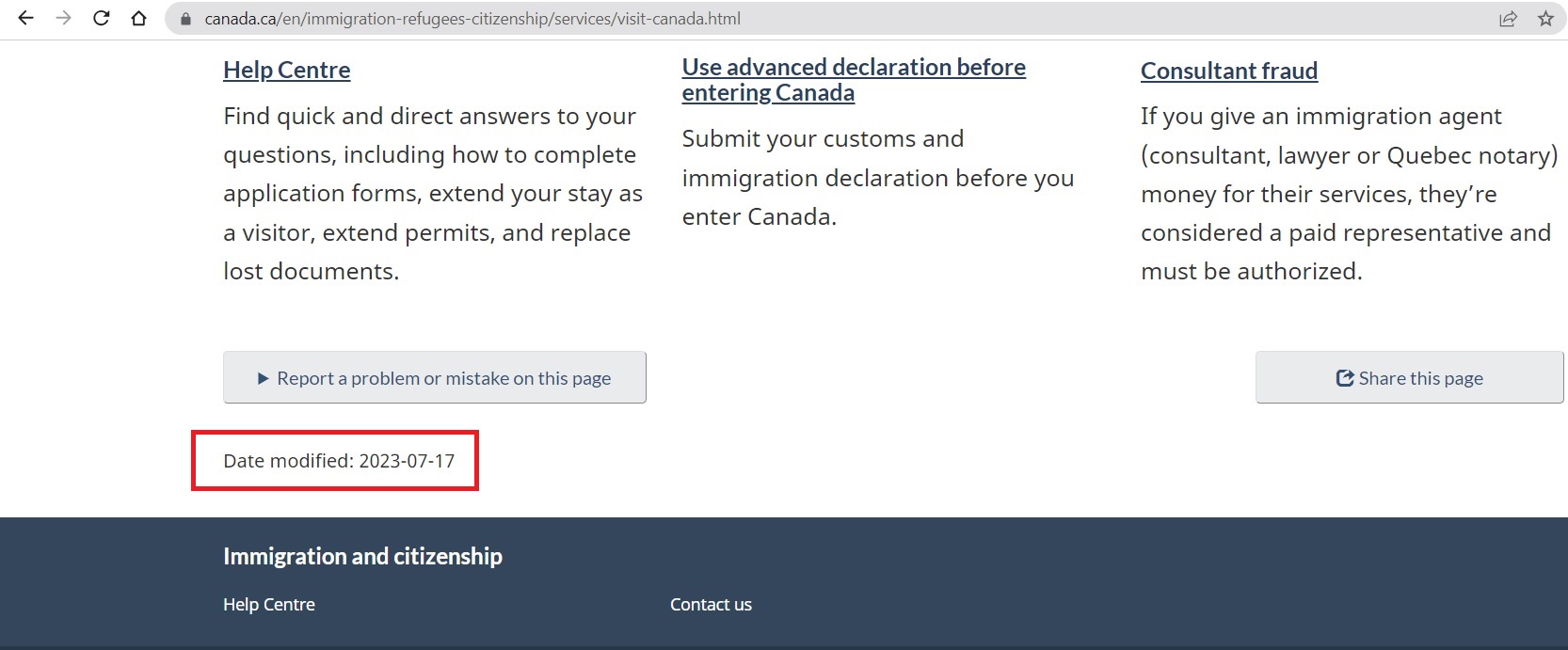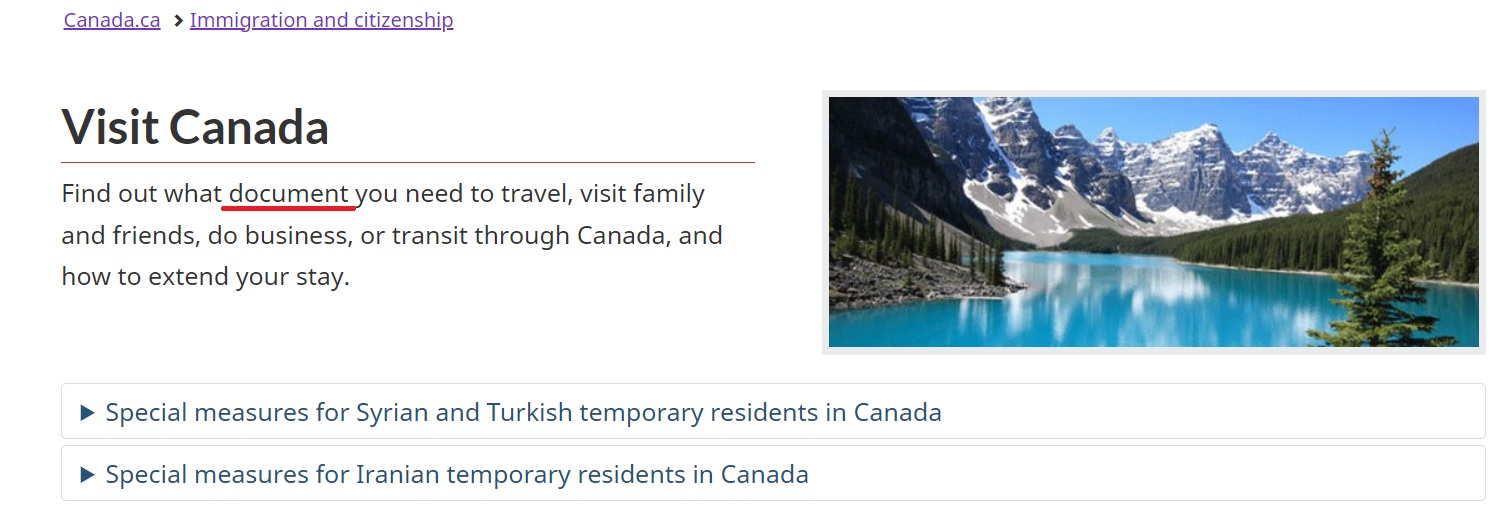And #11 Successful Students Learn Independently
17 Evaluating Websites as Scholarly Sources
Is this webpage credible?
There are several factors to questions you can ask when determining if a source is credible:
- When was the information published?
- Who is the intended audience?
- Where did the information come from?
- Do you trust the source?
- Can the information be verified in other reliable sources?
- Why was this information created?
- Does it seek to inform, provide facts, to sell, or to persuade you of something?
- Is there evidence of political, religious, institutional, or personal biases?
- Is the information objective and impartial?
It is always recommended to use multiple sources and to check their credibility and reliability before using them in your work.
To make remembering the factors to consider when evaluating sources, you can use the CRAAP test. A short video presents the CRAAP test below.
| Hot Tip: If your assignment requires a specific number of references, consider at least three times that number before choosing the ones you will include in your assignment. For example, if you must supply 3 scholarly sources, scan over at least 9 sources and choose the best three for your topic. |
Example from Irene:
I was searching for information about what documents a traveler would need when visiting Canada. I found a webpage from the Government of Canada. I know I can trust information from the Government of Canada.

I scrolled down to the bottom of the page as I did not see a date. The bottom of the page indicated that this material was last updated on March 1, 2023. This is up-to-date information.

This page did not have the information I was specifically looking for but instead of leaving this credible, timely website, I search using more specific words to find the information I was looking for regarding the documents one would need to visit Canada.

Government of Canada. (2023). Visit Canada.
8 Tips for Evaluating Websites

Want More? The Learning Portal has information on Evaluating Evidence in their Health Sciences Research section.

